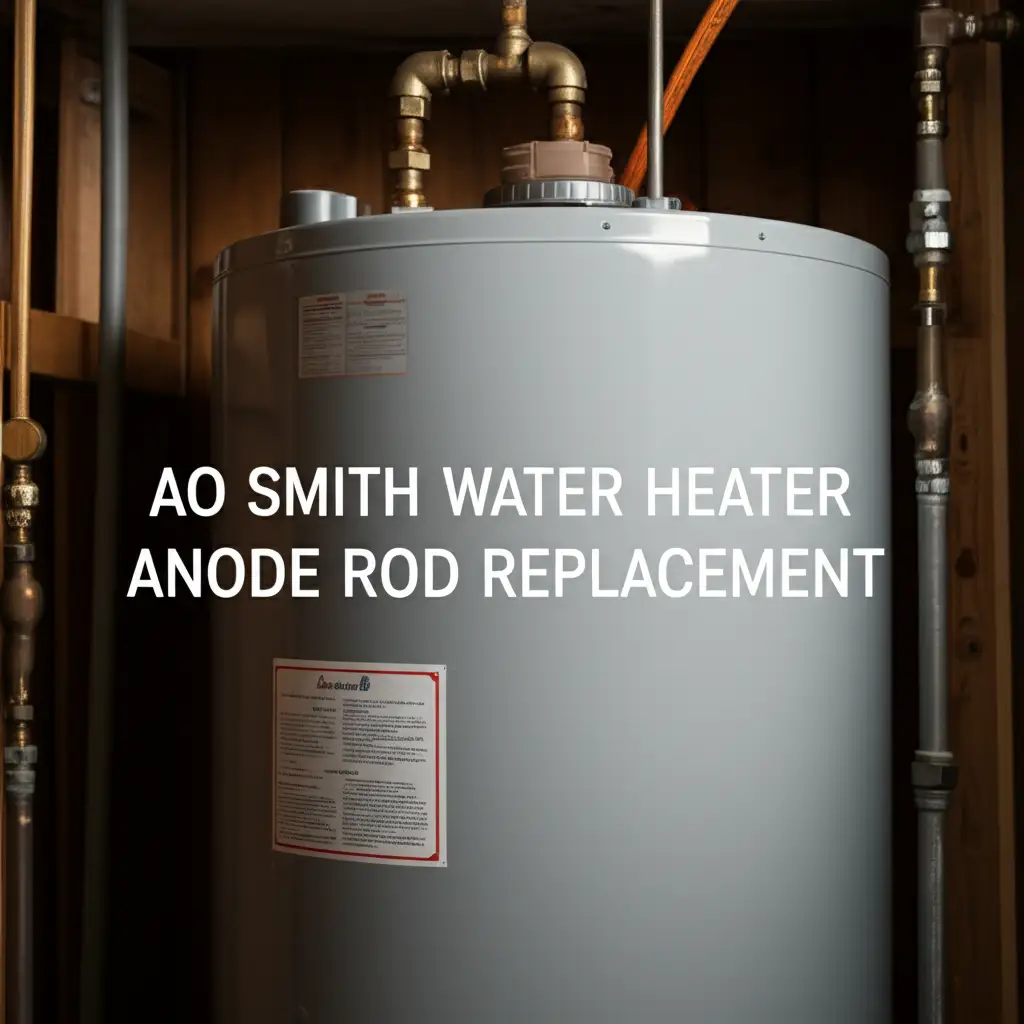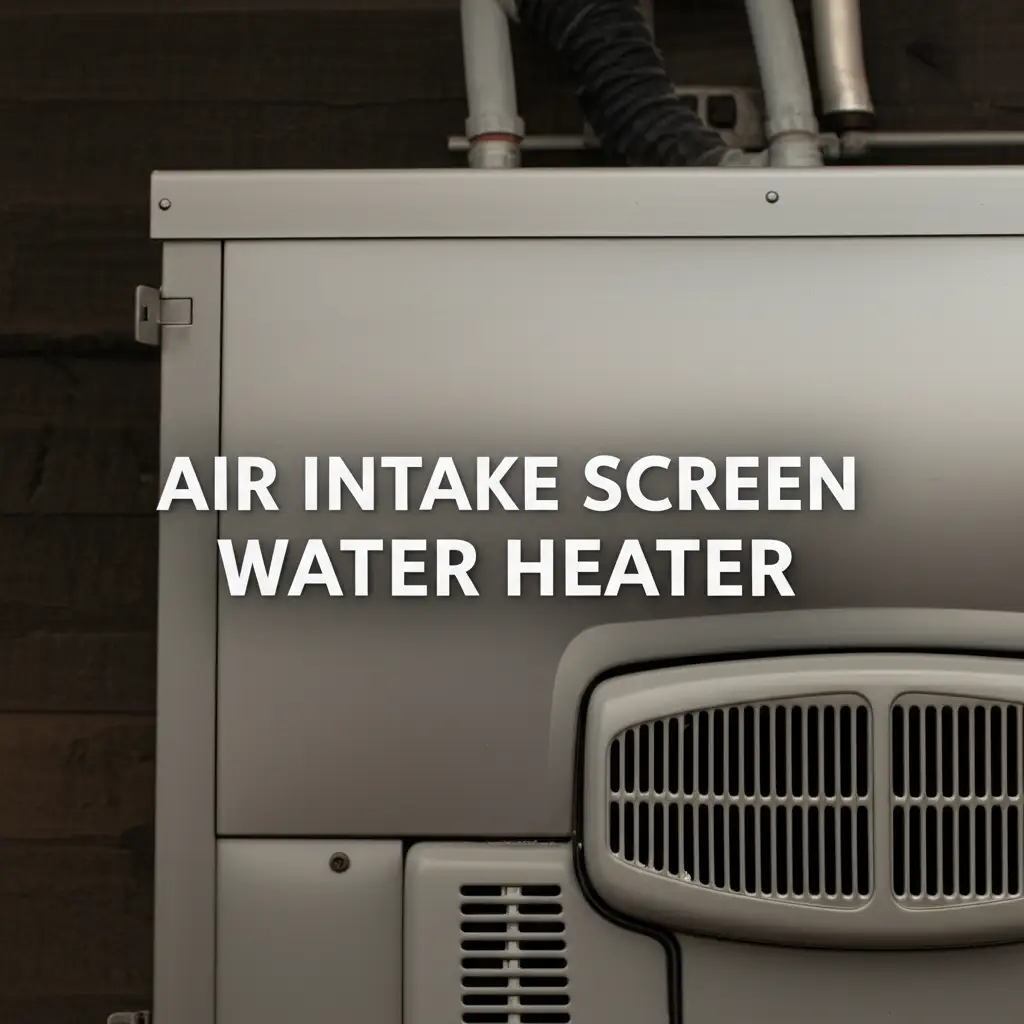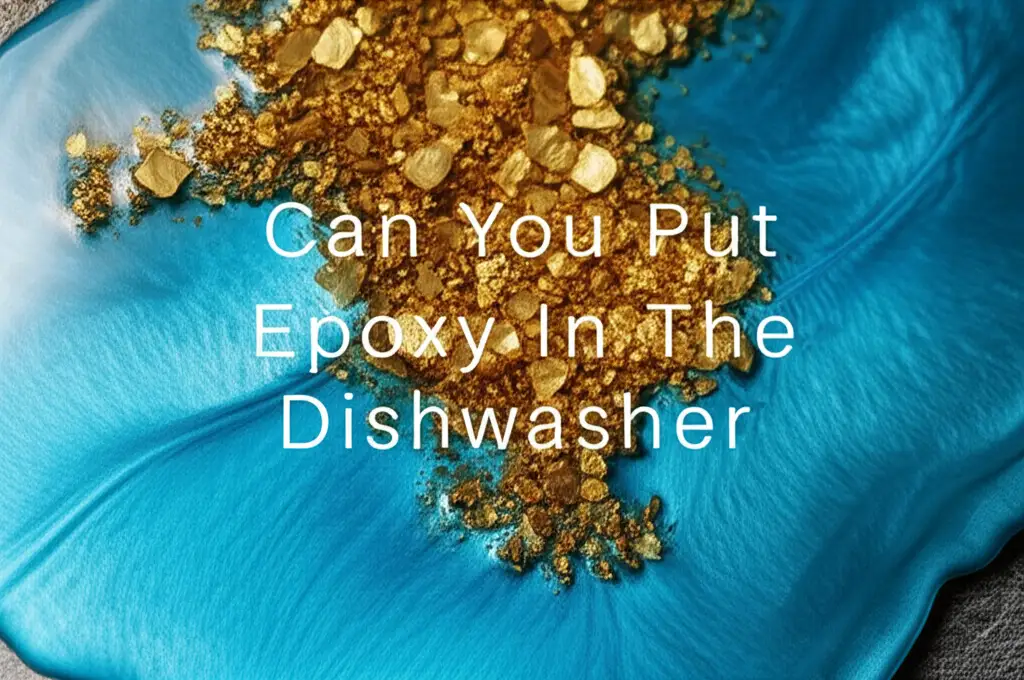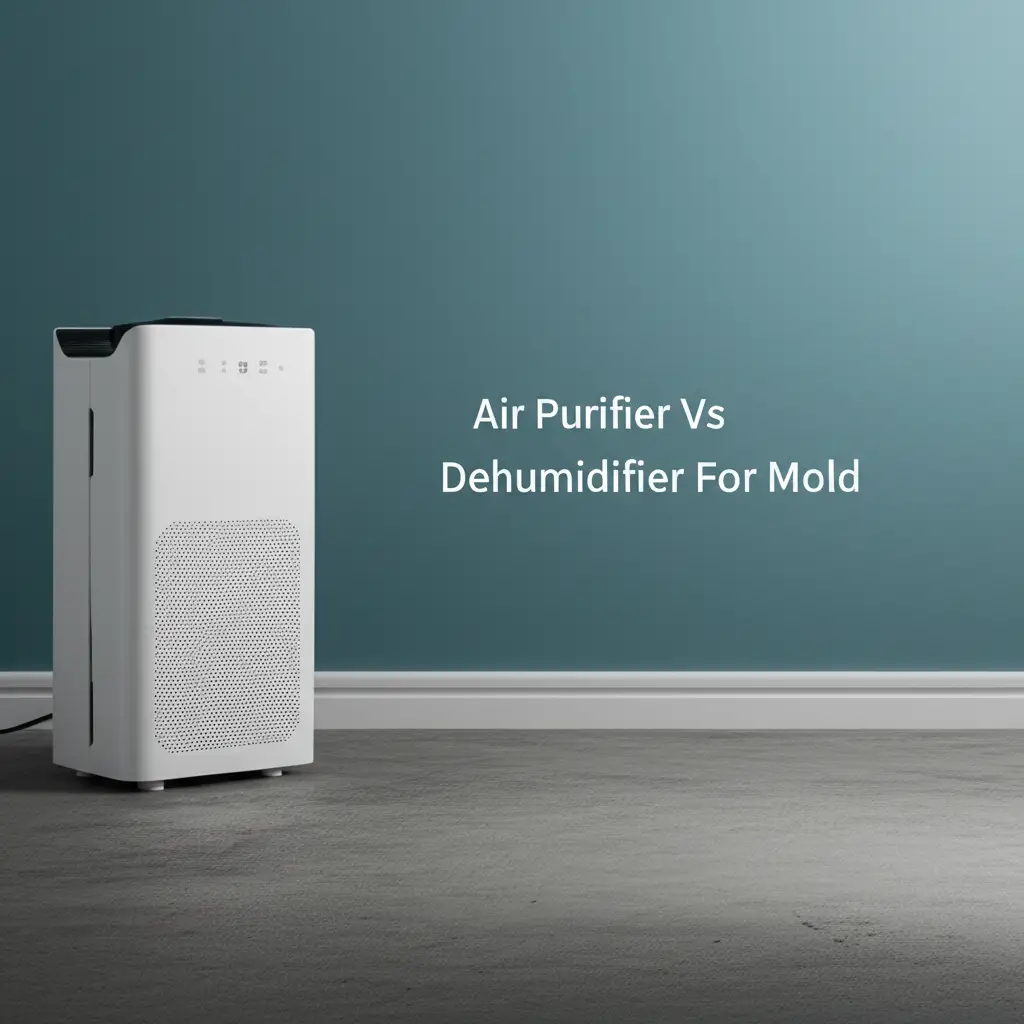· Elira Thomsen · Home Maintenance · 17 min read
Ao Smith Water Heater Anode Rod Replacement

Extend Your Water Heater’s Life: Ao Smith Anode Rod Replacement
Have you ever considered the silent guardian inside your hot water tank? It works tirelessly, often unnoticed, to keep your water heater running smoothly. This crucial component is the anode rod. For homeowners with an Ao Smith water heater, understanding this part means protecting a significant investment. My goal is to show you exactly why and how to perform an Ao Smith water heater anode rod replacement. This guide will walk you through recognizing when a replacement is needed, choosing the right rod, gathering tools, and completing the process yourself. We will cover safety, common issues, and tips to maximize your water heater’s lifespan. By the end, you will feel confident tackling this essential maintenance task.
Takeaway
Replacing your Ao Smith water heater anode rod is a simple yet powerful way to extend its life and prevent expensive repairs.
- Inspect your anode rod every 3-5 years, or annually if you have hard water.
- Choose the correct anode rod type (magnesium, aluminum, or aluminum-zinc) based on your water quality.
- Always drain your water heater and shut off power before starting work.
- Proper installation ensures your tank remains protected from corrosion.
- Regular maintenance saves money and provides reliable hot water.
Why do I need to replace my Ao Smith water heater anode rod?
Replacing your Ao Smith water heater anode rod protects the tank from corrosion. This sacrificial component corrodes instead of your tank, ensuring long-term efficiency and preventing costly leaks. Proper replacement extends your unit’s lifespan and maintains consistent hot water supply for your home.
The Vital Role of Your Ao Smith Water Heater Anode Rod
You might think your water heater simply heats water. Yet, inside that large tank, a quiet battle against corrosion happens every day. The anode rod leads this fight. It is a long metal rod, often made of magnesium, aluminum, or a blend of aluminum and zinc, typically hanging from the top of your water heater. This rod serves as a “sacrificial” component. It protects the steel tank from rust and decay.
The science behind it is called galvanic corrosion. Different metals immersed in water create a small electrical current. In your water heater, the steel tank is more “noble” than the anode rod material. This means the anode rod attracts corrosive elements in the water, effectively sacrificing itself to protect the tank’s lining. Water, especially tap water, contains minerals and dissolved oxygen. These elements can quickly eat away at the bare steel if not protected. The anode rod acts like a magnet for these corrosive agents. It draws them away from the tank walls.
For Ao Smith units, this protection is especially important. Ao Smith builds durable water heaters, but no steel tank can resist corrosion indefinitely without help. The anode rod ensures the longevity of their products in varying water conditions. As the anode rod corrodes, it slowly dissolves. Over time, it will completely disappear. Once gone, the corrosion then starts to attack the exposed steel of your water heater tank. This leads to rust, leaks, and eventually, the need for a full water heater replacement. Replacing the anode rod regularly keeps your Ao Smith investment safe. It ensures many years of hot water without trouble.
Recognizing When to Replace Your Anode Rod
Knowing when to replace your anode rod is key to maintaining your Ao Smith water heater. This proactive approach saves you from unexpected cold showers or expensive tank leaks. There are several clear signs that your anode rod might be failing or already gone. One common sign is a strange smell coming from your hot water. This often smells like rotten eggs, which is sulfur. This odor means hydrogen sulfide gas is forming in your tank. This happens when the magnesium or aluminum anode rod has corroded away and bacteria starts growing, reacting with sulfates in the water.
Another indicator is discolored water. If your hot water appears rusty or reddish-brown, it suggests that your tank’s steel walls are starting to corrode. This means the anode rod is no longer doing its job. You might also notice a decrease in hot water supply or a change in heating efficiency. While these can be signs of other issues, a failing anode rod allows sediment to build up more easily, affecting performance. Regularly inspecting your hot water is a good habit.
Manufacturers, including Ao Smith, often recommend checking the anode rod every three to five years. However, your local water quality plays a huge role. If you have hard water or water with high mineral content, your anode rod will corrode much faster. I always suggest checking it annually if you know your water is particularly hard or contains many sulfates. You can manually inspect the rod by shutting off your water heater, draining some water, and carefully removing the rod. A healthy rod should be relatively intact. A rod that looks heavily pitted, extremely thin, or mostly dissolved needs immediate replacement. This simple check gives you peace of mind. It also prevents major problems down the line.
Choosing the Right Anode Rod for Your Ao Smith Water Heater
Selecting the correct anode rod for your Ao Smith water heater is not a “one size fits all” situation. Different types of rods are available, each designed for specific water conditions. Knowing which one to choose ensures maximum protection for your tank. The three main types are magnesium, aluminum, and aluminum-zinc. Magnesium anode rods are very active. They provide strong protection against corrosion. These rods are excellent for most water conditions. They work especially well in areas with soft water. Magnesium rods are a common choice for many homeowners.
Aluminum anode rods are less active than magnesium. They work better in hard water conditions. If your water has a high mineral content, an aluminum rod might be a better choice. However, aluminum rods can sometimes produce a rotten egg smell if your water has high sulfate levels. This happens due to a reaction with the water. If you experience this smell with an aluminum rod, you might need to switch to a different type.
Aluminum-zinc anode rods are a blend of aluminum and a small percentage of zinc. Zinc is added to help combat the rotten egg smell caused by sulfate-reducing bacteria. If you have hard water and also experience a sulfur odor, this type of rod is often the best solution. It offers the protection of aluminum while reducing unpleasant smells. Consider your water quality carefully when making this choice. A simple water test kit can help you determine your water’s hardness and mineral content.
Beyond material, consider the size and thread of the anode rod. Ao Smith water heaters use specific rod lengths and diameters. Most residential tanks use a standard 3/4-inch NPT thread. Always check your water heater’s manual for the exact specifications. You can also find this information on the Ao Smith website using your model number. Some Ao Smith units might have a combination anode/dip tube rod. This means the anode rod is integrated with the cold water inlet tube. Replacing this type requires buying the specific combination rod. Using the correct size and thread ensures a proper seal and effective protection. This selection is a critical step for successful Ao Smith water heater anode rod replacement.
Essential Tools and Safety for Anode Rod Replacement
Before starting your Ao Smith water heater anode rod replacement, gather all necessary tools. Having everything ready saves time and prevents frustration during the process. You will need a few basic items. First, you need a large socket wrench, usually with a 1 1/16-inch or 1 5/16-inch socket. The size depends on your specific anode rod hex head. A breaker bar can provide extra leverage for stubborn rods. You will also need plumber’s tape, also known as Teflon tape, for sealing the new rod’s threads. A garden hose is essential for draining the tank. Have a large bucket or two nearby to catch any remaining water. A flathead screwdriver can help pry off the plastic cover over the anode rod.
Safety is paramount during this project. Working with water heaters involves electricity or gas, and hot water. First, always turn off the power supply to your water heater. For electric heaters, flip the circuit breaker. For gas heaters, turn the gas valve to the “OFF” position. This step prevents electric shock or gas leaks. Next, turn off the cold water supply valve leading to the water heater. This stops new water from entering the tank. Allow the hot water in the tank to cool down. Draining a tank full of very hot water can cause severe burns. You can speed up cooling by running a hot water faucet in your home for a few minutes.
Wear appropriate personal protective equipment (PPE). Gloves protect your hands from hot water and sharp edges. Safety glasses guard your eyes from splashes. Be prepared for some water spillage. Lay down old towels or have a wet/dry vacuum ready. Ensure good ventilation if you are working with a gas water heater, even if the gas is off. Never rush the process. Taking your time prevents mistakes and ensures safety. These precautions make your Ao Smith water heater anode rod replacement a smooth and safe task.
Step-by-Step Ao Smith Anode Rod Replacement Process
Performing an Ao Smith water heater anode rod replacement involves several key steps. Follow these instructions carefully to ensure a successful and leak-free installation.
Preparing Your Water Heater for Service
Your first step is to prepare the water heater. Locate your main electrical panel and turn off the circuit breaker for your water heater. If you have a gas water heater, turn the gas control knob to the “OFF” position. This stops the heating process. Next, find the cold water supply valve leading into your water heater and turn it off. This prevents new water from entering the tank. Now, connect a garden hose to the drain valve located near the bottom of your water heater. Run the other end of the hose to a floor drain or outside. Open the drain valve. To help the water drain faster, open a hot water faucet in your home. This allows air to enter the tank, breaking the vacuum. The tank will drain completely. You might consider inspecting and cleaning your hot water tank while it’s empty, similar to how one might clean a fresh water tank in an RV to remove sediment. Cleaning fresh water tanks can improve water quality and system efficiency.
Removing the Old Anode Rod
With the tank drained, you can remove the old anode rod. The anode rod is usually located on the top of the water heater, often next to the hot water outlet pipe. It might be covered by a plastic cap. Use a flathead screwdriver to gently pry off any plastic cover. You will see the hex head of the anode rod. It can be very tight due to years of being in place. Use your large socket wrench and a breaker bar for extra leverage. Apply steady, counter-clockwise pressure. You may need to brace yourself or have someone help hold the tank steady. Once the rod loosens, unscrew it by hand. As you pull it out, inspect its condition. It will likely be corroded, pitted, or even mostly gone. Be ready for some residual water to drip out as you remove the rod.
Installing the New Anode Rod
Now, it is time to install the new anode rod. Before inserting the new rod, wrap its threads with plumber’s tape. Wrap it two or three times clockwise around the threads. This creates a watertight seal and helps prevent future leaks. Carefully lower the new anode rod into the water heater’s opening. Ensure it goes in straight to avoid cross-threading. Hand-tighten the rod until it is snug. Then, use your socket wrench to tighten it further. Do not overtighten, but make sure it is very secure. A good rule is to turn it about a quarter to half turn past hand-tight. Ensure the hex head is flush with the tank.
Refilling and Restarting Your Water Heater
The final steps involve refilling the tank and restarting the system. First, close the drain valve at the bottom of the water heater. Disconnect the garden hose. Then, open the cold water supply valve leading to the water heater. You will hear water filling the tank. Go to a hot water faucet in your home and turn it on. Let it run until all the air is purged from the lines and a steady stream of water comes out. This prevents air pockets. Once water flows steadily, turn off the hot water faucet. Finally, return to your main electrical panel or gas control. Turn the power or gas supply back on for your Ao Smith water heater. The heater will now begin to heat the new water. Check for any leaks around the new anode rod connection. A small drip can be a sign of improper sealing.
Troubleshooting Common Anode Rod Replacement Issues
Replacing an anode rod can sometimes present minor challenges. Knowing how to troubleshoot common issues will save you time and stress. One frequent problem is a stubborn anode rod. After years of sitting in the tank, the threads can seize up. If your rod does not budge with a standard wrench and breaker bar, you can try a few things. First, apply penetrating oil around the threads. Let it sit for a few hours or even overnight. This can help loosen the rust and corrosion. You can also try gently tapping the top of the wrench with a hammer while applying turning pressure. This shock can help break the seal. For extremely stubborn rods, a professional might use an impact wrench. Do not use excessive force if the tank is moving. This can damage the tank.
Another common issue is a leaking connection after installing the new rod. If you see water dripping from the new anode rod’s hex head, it usually means the plumber’s tape was not applied correctly or the rod is not tight enough. First, ensure the power and water supply are off again. Then, try tightening the rod a bit more. If it still leaks, you will need to drain a small amount of water from the tank to get below the anode rod’s opening. Then, carefully remove the rod, reapply plumber’s tape, ensuring it’s wrapped tightly and clockwise, and reinsert it. Make sure the threads are clean before reapplying the tape.
Air in the lines after refilling the tank is also a common occurrence. If your faucets spit and sputter after restarting the water heater, it means air is trapped in your plumbing system. This is normal. Simply turn on all the hot water faucets in your home, one by one. Let them run until the water flows smoothly and consistently without sputtering. This purges the air from the lines. You can also run cold water faucets briefly to ensure all air is out of the cold lines too. Patience is key when dealing with these small issues. Most can be resolved with a bit of care and rechecking your steps.
Maximizing Your Ao Smith Water Heater’s Lifespan
Replacing the anode rod is a critical step, but it is just one part of comprehensive water heater maintenance. To truly maximize your Ao Smith water heater’s lifespan and ensure efficient operation, you should perform other regular tasks. One of the most important is flushing your water heater annually. Over time, sediment, like minerals and rust particles, builds up at the bottom of the tank. This sediment acts as an insulator, making your water heater work harder to heat the water. It also reduces tank capacity and can lead to premature failure. Flushing involves draining the tank completely and allowing fresh water to rush in, carrying out the sediment.
Beyond flushing, regularly inspect other components of your water heater. Check the pressure relief valve (T&P valve) periodically. This valve is a crucial safety device. It releases pressure if it gets too high, preventing explosions. Test it by carefully lifting the lever. Water should flow out of the discharge pipe. If it does not, or if it leaks after testing, it needs replacement. You should also check for any visible leaks around pipes or fittings. Even small drips can indicate larger problems developing. Some water heaters have an air intake screen that needs occasional cleaning to ensure proper combustion if it’s a gas model. Keeping this screen clear helps your unit run efficiently.
Water quality greatly impacts your water heater’s longevity. Hard water, rich in minerals like calcium and magnesium, causes scale buildup. This scale forms on heating elements and inside the tank, reducing efficiency and leading to premature component failure. If you live in an area with very hard water, consider installing a water softener. A water softener removes these minerals, extending the life of your water heater and other water-using appliances. You can also install a sediment filter on your main water line. This reduces the amount of particulate matter entering your tank. By taking these additional steps, you are not just maintaining your Ao Smith water heater; you are ensuring it provides reliable hot water for many years to come.
FAQ Section
How often should I replace my Ao Smith water heater anode rod?
You should inspect your anode rod every 3-5 years, or annually if you have hard water. Replacement is needed when the rod appears significantly corroded, pitted, or has dissolved. Proactive checks prevent tank corrosion and extend the life of your Ao Smith unit.
What are the signs of a bad anode rod in an Ao Smith water heater?
Common signs include a rotten egg smell from your hot water due to bacteria, discolored or rusty water indicating tank corrosion, or reduced hot water efficiency. Any of these symptoms suggest your anode rod is no longer effectively protecting your tank.
Can I replace the anode rod myself, or do I need a plumber?
Yes, you can replace the anode rod yourself if you are comfortable with basic plumbing tasks. The process involves shutting off water and power, draining the tank, and using a wrench. However, if you are unsure or the rod is stuck, hiring a professional plumber is a safer option.
What type of anode rod should I use for my Ao Smith water heater?
The best type depends on your water quality. Magnesium rods are good for soft water, aluminum rods work well in hard water, and aluminum-zinc rods are recommended for hard water with sulfur smells. Always check your Ao Smith manual for specific rod size and thread requirements.
Will replacing the anode rod improve my hot water smell?
Yes, replacing a corroded anode rod, especially with an aluminum-zinc type if you have sulfur-reducing bacteria, can often eliminate the rotten egg smell from your hot water. This smell often indicates the original rod has failed and bacteria are thriving in the tank.
Is an anode rod replacement covered under my Ao Smith warranty?
Anode rod replacement is typically considered routine maintenance and is usually not covered under the standard Ao Smith warranty. The warranty primarily covers defects in materials and workmanship. However, failing to replace the anode rod might void portions of your tank warranty if corrosion leads to a leak.
Conclusion
Taking care of your Ao Smith water heater means paying attention to its silent hero: the anode rod. This small but mighty component stands guard against the destructive power of corrosion, protecting your tank from rust and leaks. We have explored why this Ao Smith water heater anode rod replacement is so vital, from understanding its sacrificial role to recognizing the signs of its wear. You now have a clear guide on selecting the right rod, gathering your tools, and following each step of the replacement process safely and effectively.
Remember, regular maintenance is not just about fixing problems; it is about preventing them. By replacing your anode rod when needed, you are extending the life of your water heater, ensuring consistent hot water, and saving yourself from potential headaches and costly repairs down the line. We also touched upon additional steps like flushing your tank and managing water quality, all contributing to your unit’s longevity. Don’t wait until your hot water turns rusty or smells strange. Take action today. Check your anode rod and perform this crucial maintenance. Your Ao Smith water heater will thank you with years of reliable service.





